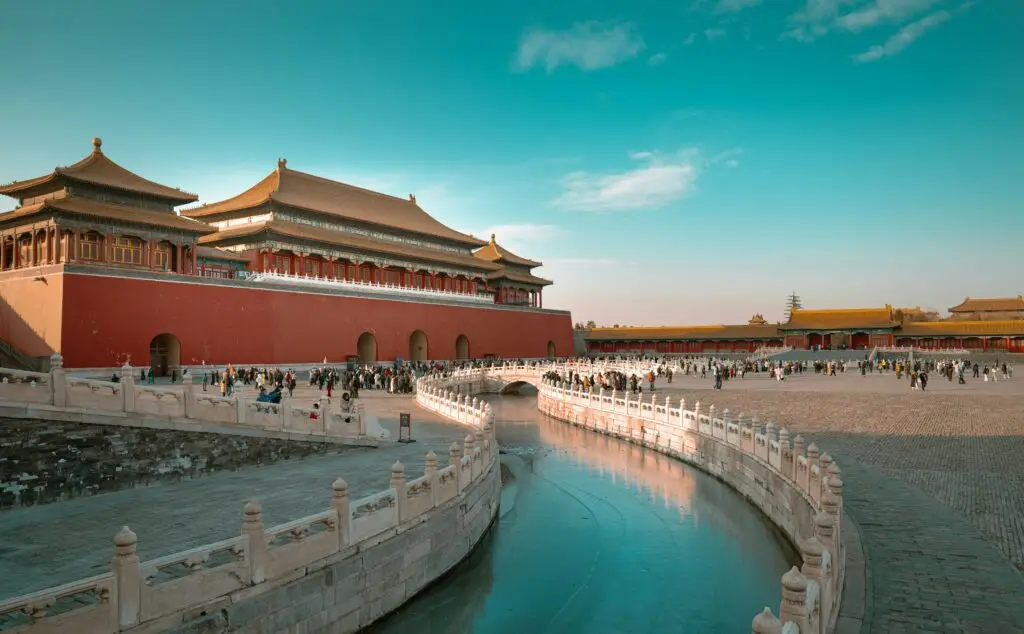Traveling through the Forbidden City in Beijing, China, is an immersive experience that evokes a range of powerful emotions. As I approached the colossal golden gates, I felt an immediate sense of reverence, as if crossing into a realm where history and legend intertwine. The air was thick with quiet anticipation, and the silence was only broken by the distant echoes of footsteps on the ancient cobblestones.
Once inside, the vast expanse of the courtyard unfolded before me, revealing countless red walls, golden rooftops, and intricate wooden carvings that told stories of imperial authority. I felt a deep connection to the past, imagining the bustling life of emperors, courtiers, and scholars who once walked these grounds. The grand Hall of Supreme Harmony, with its towering columns and majestic throne, left me awe-struck — a tangible symbol of China’s formidable dynastic power.
Walking through the narrow corridors of the Meridian Gate and the intricate palace halls, I was struck by the meticulous craftsmanship and serene symmetry that defined imperial Chinese architecture. The quiet serenity contrasted sharply with the former life of political intrigue and dynastic struggle that once took place here. I couldn’t help but feel humbled by the magnitude of history encapsulated in these walls.
The impact on me was profound. It was more than just sightseeing; it was a visceral reminder of China’s rich cultural heritage and the resilience of its history. The Forbidden City served as a gateway to understanding a civilization that valued art, tradition, and political stability. The experience left me inspired and reflective, reminding me of how architecture and history can stir the soul and connect us with the past. Visiting this imperial palace wasn’t just a walk through a monument—it was a journey into the very heart of China’s historical identity.

